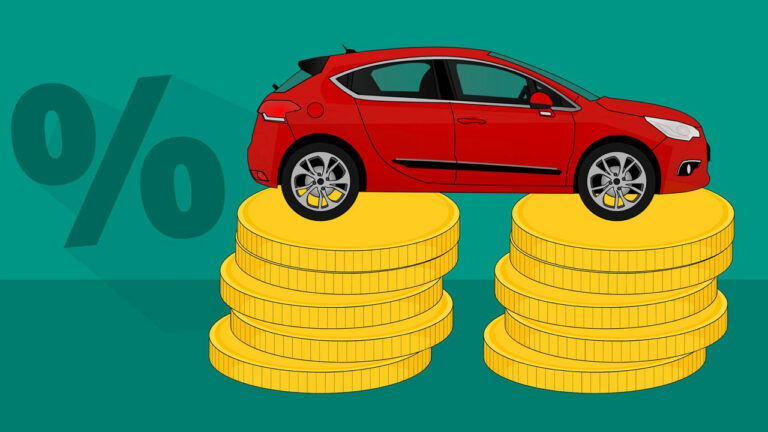You may have heard the word “API” at least once. But, what are they? API stands for application programming interface. It is a way to communicate two or more programs between them, and it is a software interface that is can offer services or solutions to other apps or softwares. A famous API, for example, is the one that Weather Channel provides to Google, so that Google can show information about the weather. Most of the websites and applications that you know use different API to run their different functions.
Nowadays, the automotive industry is highly competitive, and companies must follow new tendencies, and stick to the new technologies and improvements available. This is why the investment in automotive APIs is increasing, in order for companies to develop their own mobile applications and to offer technological solutions in their websites. This provides the customer with a unique user experience, along with innovative and useful services, giving great competitive advantages to the companies.
The development of technologies and APIs related to the automotive industry is not something done only by car manufacturers, but instead it is more common that they connect with third parties which provide these kind of information. There are different API providers which have collected tons of data on cars throughout the years, creating huge databases with information about thousands of vehicles, including: historical records, license plate and VIN scanning, vehicle images, safety and navigation systems, among others.
But now… what uses has an API in the automotive industry?
Let’s analize some use cases for automotive APIs.
1) OCR solutions: scan Vehicle Identification Numbers and License Plates
An OCR API allows the user to scan a Vehicle Identification Number (VIN) and/or a license plate. After scanning, the API detects the characters on the image and provides them in a written format.
This kind of API allows you to scan the VIN or license plate directly from the vehicle, from a picture or any document. This is a great option to integrate on a mobile application, since it makes the process simpler for the user, and it’s very easy to use.
Our OCR API has an accuracy of more than 90% and it even include the ability to scan VIN barcodes.
2) Vehicle data: historical records
This API provides the possibility of having access to historical and recent data of a vehicle. How is this data retrieved? From the Vehicle Identification Number (VIN) or license plate of the car. The product provided from this API is usually known as “vehicle history report”, such as the ones offered by Instant VIN Reports or Carfax. This API opens the door to the past of the vehicle, giving the possibility to access to records such as previous owners, auction data, accidents, mileage, service and repairs, recalls, and more.
3) Vehicle services and maintenance
This API returns – by just entering a VIN number-information and advice about next services and maintenance for a vehicle, based on its condition. It even includes an estimated price for the repairs. This API is perfect to integrate into garages and dealerships’ applications and websites, since it even includes information about open recalls and can both avoid the customer an issue, and guarantee a deal for the garage or dealership.
4) Vehicle specifications
The vehicle specifications API can retrieve details such as year, make, model, trim, engine, technical specifications, standard and optional equipment, exterior and interior details and warranty details, just by entering the VIN of the vehicle. This API can be integrated into mobile applications or websites, and is great for dealerships since they can have an overview of the vehicle to present precise information to their customers.
5) Window sticker generation
This API allows you to generate window stickers, also known as Monroney labels. These stickers are a document that is attached in the vehicle’s window, mandatory in the USA, and it’s always helpful for dealerships since it provides all vehicle specifications, such as year, make and model, technical features, interior and exterior details, factory and optional packages, government ratings and annual fuel usage and price. It is available for used and new cars, and even for antique vehicles. This service is not provided by many businesses, therefore it is an amazing opportunity to take your company to the next level.
APIs have multiple uses, as we came to see in this article. As the automotive industry keeps evolving, they must also keep up with the latest technology, seeing the benefits and advantages they can have and offer the best service and experience to their users. There are already a lot of automakers and dealerships that have integrated these and more APIs into their services and products, to provide the best experience to their users. We’ll see this trend increasing, in order to attract more customers and create new revenue streams.
Keep your company up to date, book a demo today to discuss with us on how to integrate these APIs into your business!



